One instructional strategy that I love for collaboration and public sharing of student ideas is a gallery walk. In a gallery walk, students create displays of their thinking on chart paper or white boards and then the small groups walk around the room and visit each other’s posters. And even though students create such beautiful displays of their ideas, it is always challenging for me to structure the walk in a way that actively engages them in one another’s ideas. Like any problem of practice, it takes trying out new ideas to see what works, when, and for whom.
The Lesson
Last week, it was the first 3rd grade lesson about division. We decided to launch by mathematizing Dozens of Doughnuts to set the stage for the subsequent activities. If you haven’t read the book before, it is about a bear named LouAnn who keeps baking 12 doughnuts to share with a different number of guests who arrive at her door. We read the book and did a notice and wonder, anticipating we would hear something about LouAnn sharing doughnuts and the number of doughnuts, friends, or plates, which we did.
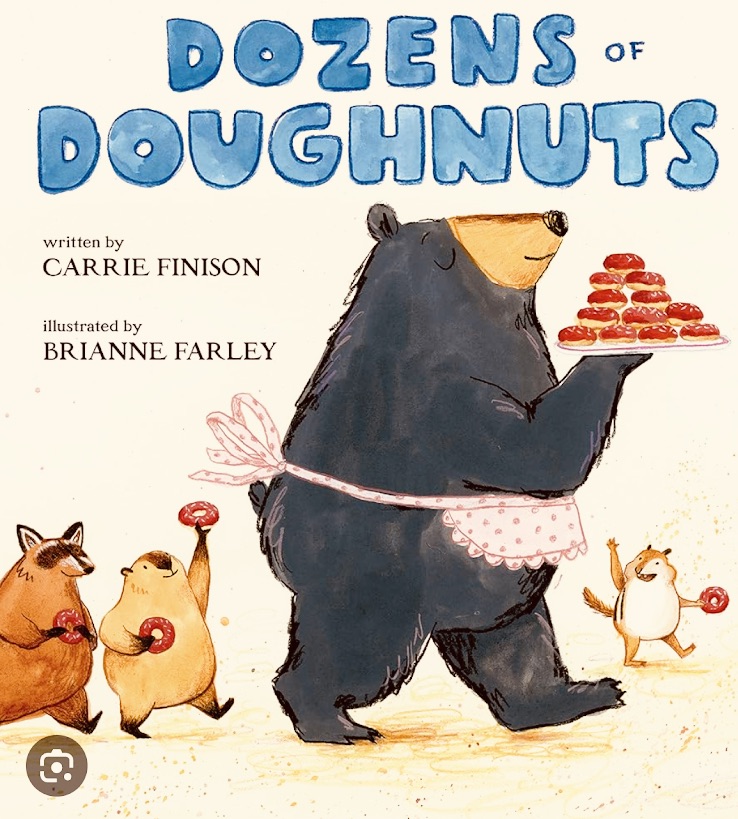
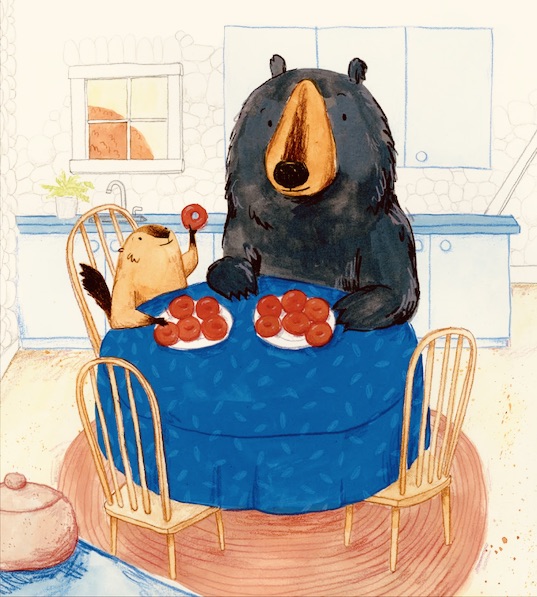

Student Displays
We then asked small groups to record all they ways that LouAnn shared her doughnuts. We purposefully didn’t specify the representation so they could look for different ways during the gallery walk.
As we walked around it was great to see the various ways students were representing the situations, but some small groups seemed to have settled on only one way. We had planned for them to look for similar and different ways during the gallery walk, but that can be so passive, with no opportunity for them to connect those new ideas to their work. So, instead of waiting for the gallery walk at the end, we decided to engage them mid-activity with each other’s ideas and allow time for them to use those ideas.



Taking a page from Tracy’s book, Becoming the Math Teacher You Wish You Had, we opted for a Walk-Around to cross pollinate ideas. We asked students to walk around and look for ideas they wanted to add to their poster. These could be new ideas or just a different way of representing an idea they already had.
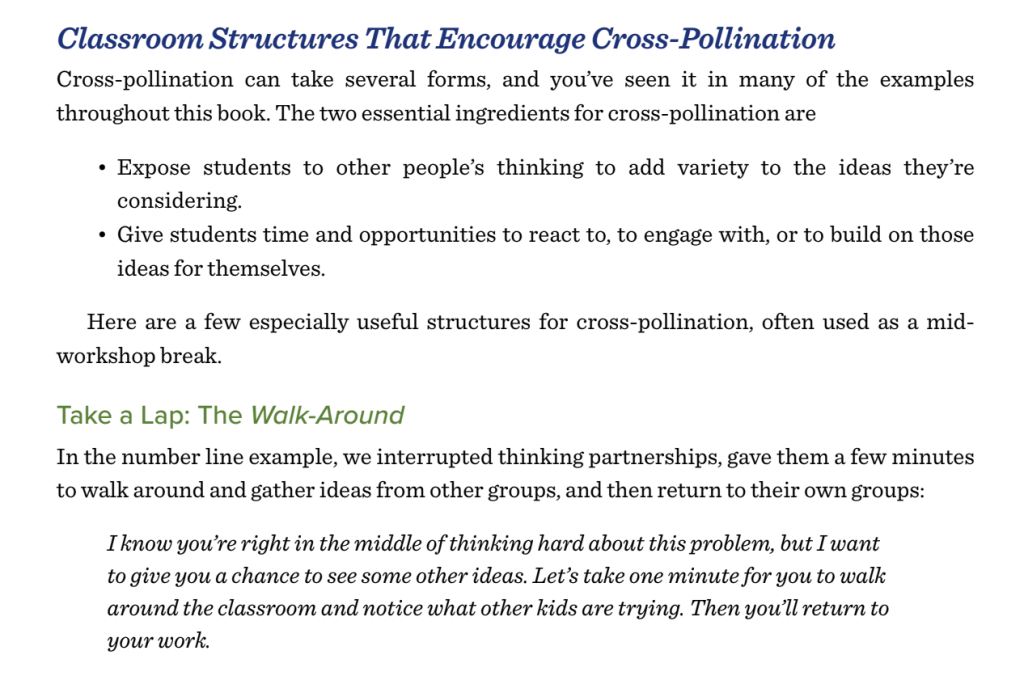
You would have thought we gave them a chance to ‘cheat’ as they walked around with such intention to other’s posters. I wish I had captured the before and afters of all of their posters, but here are just a few where you can see the new addition of ideas.



After they finished adding to their posters, we paused to discuss the ideas they found from others – both new ideas they hadn’t thought about and ideas they had, but were represented in different ways.
Next Activity
Students then independently solved a few problems. It was great to see the variation we saw on the posters in their work. So many great representations to share and connect in future lessons!
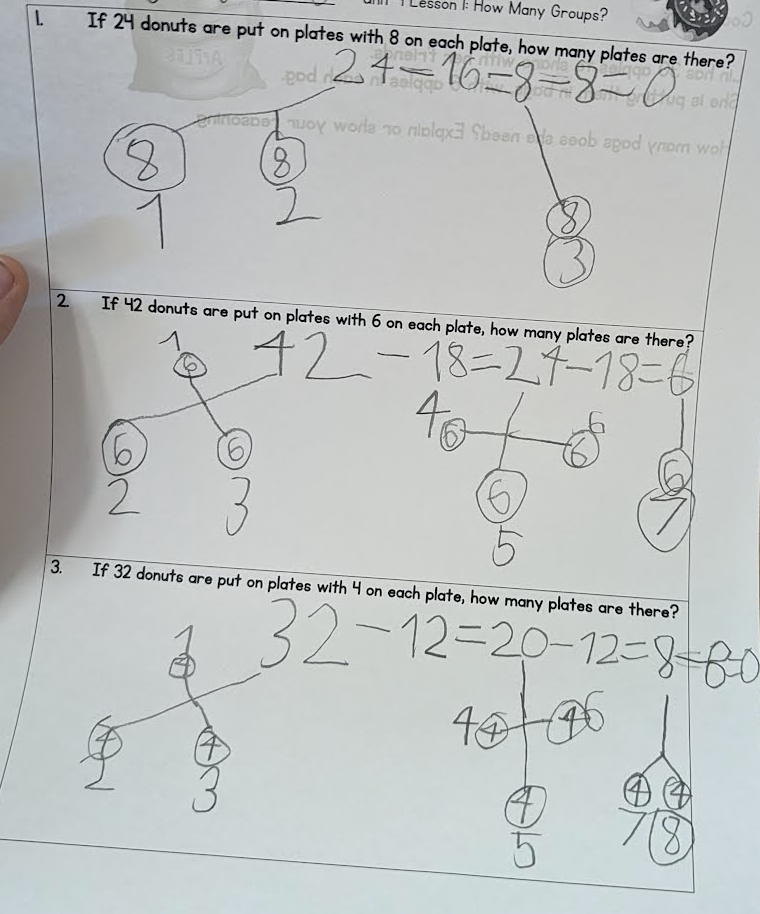






More Ideas and Resources
Want to learn more about mathematizing? Check out Allison and Tony’s book, Mathematizing Children’s Literature.
Want to read more mathematizing blog posts? I have written about some of the books I used when coaching K–5.
Want to share your children’s book ideas for math class? Join me on IG!


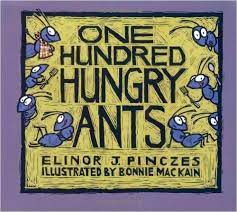


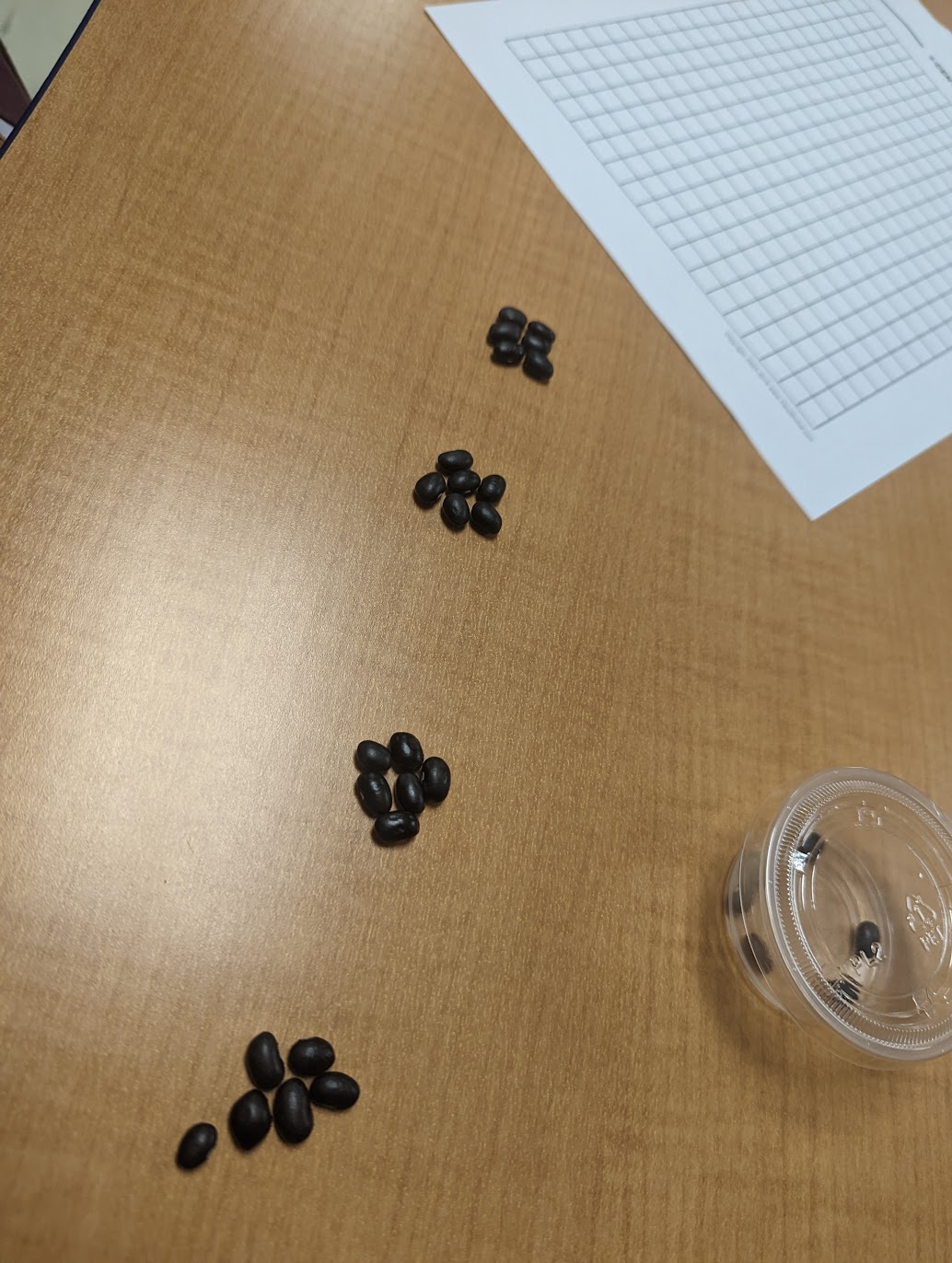













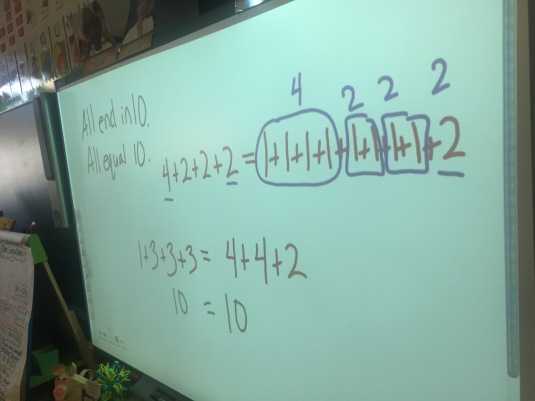



















 –>
–> 

